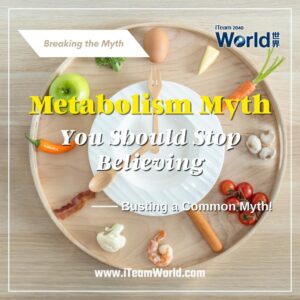
![]() Fiber & High Blood Sugar: What’s the Connection?
Fiber & High Blood Sugar: What’s the Connection? ![]()
Struggling with high blood sugar or trying to prevent diabetes? 𝐅𝐈𝐁𝐄𝐑 might be your secret weapon. ![]()

![]() Why Fiber Helps:
Why Fiber Helps:
Fiber is the part of plant foods your body can’t digest—but it’s powerful. It slows down how quickly sugar enters your bloodstream, helping to keep blood sugar steady after meals.

![]() Two Types of Fiber That Support Blood Sugar:
Two Types of Fiber That Support Blood Sugar:![]() Soluble Fiber
Soluble Fiber
Forms a gel in your gut to slow sugar absorption.![]() Helps prevent blood sugar spikes
Helps prevent blood sugar spikes![]() Supports better insulin response
Supports better insulin response
Found in: oats, apples, chia seeds, beans, barley![]() Insoluble Fiber
Insoluble Fiber
Keeps your digestion moving and your gut healthy.![]() A strong gut microbiome = better blood sugar control
A strong gut microbiome = better blood sugar control
Found in: whole grains, vegetables, bran, nuts

![]() Benefits of a High-Fiber Diet for Blood Sugar:
Benefits of a High-Fiber Diet for Blood Sugar:![]() Improves insulin sensitivity
Improves insulin sensitivity![]() Reduces post-meal sugar spikes
Reduces post-meal sugar spikes![]() Supports weight management (which helps control diabetes)
Supports weight management (which helps control diabetes)![]() Keeps you full longer and reduces cravings
Keeps you full longer and reduces cravings

![]() Daily Fiber Tip:
Daily Fiber Tip:
Aim for 25–30g of fiber per day, mostly from plant-based foods like:![]() Psyllium Husk
Psyllium Husk![]() Leafy greens
Leafy greens![]() Berries
Berries![]() Sweet potatoes
Sweet potatoes![]() Whole grains (quinoa, oats, brown rice)
Whole grains (quinoa, oats, brown rice)![]() Legumes (lentils, chickpeas, black beans)
Legumes (lentils, chickpeas, black beans)

![]() Avoid:
Avoid:
Refined carbs (white bread, pastries) and sugary drinks — they spike blood sugar and contain zero fiber.

![]() Think of fiber as your blood sugar buffer. Every plant-based bite counts toward protecting your health.
Think of fiber as your blood sugar buffer. Every plant-based bite counts toward protecting your health.



Healthtalk (FiberTalk) 10 – Increase Dietary Fiber
FiberTalk is a fiber-rich powdered beverage made from psyllium husk, banana, and orange to effectively regulate bowel movements, improve skin health, regulate cholesterol levels, manage blood sugar levels, and promote healthy weight management.
Fiber also enhances our digestion system, providing a fluid and smoother passage of food.
Contact Us


